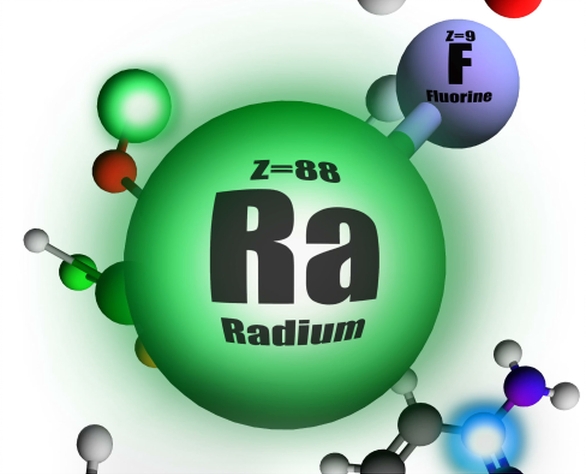Short-lived Radioactive Molecules
Molecular systems provide highly sensitive laboratories for exploring the possible violation of fundamental symmetries and search for new physics beyond the standard model physics [1-4]. Radioactive molecules composed of heavy and deformed short-lived isotopes are predicted to offer superior sensitivity to investigate parity- and time-reversal violation effects [5-7]. However, the experimental knowledge of short-lived radioactive molecules is scarce, and quantum chemistry calculations constitute the only source of spectroscopic information.
In 2018, our group at CERN developed an experimental technique to perform laser spectroscopy of radioactive molecules [8], initiated by Ronald Garcia Ruiz (MIT). We achieved the first ever laser-spectroscopic study of a short-lived radioactive molecule [9]. These results open up new opportunities in the design, manipulation, and study of short-lived radioactive molecules for many-body physics, astrophysics, nuclear structure, and in the search for new physics beyond the Standard Model of particle physics.
Since the pilot experiment in 2018, we have performed extensive studies using beams of RaF, measuring the rotational structure of the laser-cooling transition [10], the hyperfine structure of the 225RaF [11] and 223RaF isotopologues [12], studying the nuclear magnetic dipole and the electric quadrupole moments (only for 223RaF), measuring the molecule's ionization potential [13], and studying all excited electronic states of the molecule up to 30,000 cm-1 above the ground state [14].
In 2022, we also performed the first laser spectroscopy of actinium monofluoride (227AcF) molecules [15]. This molecule, which possesses one additional electron compared to RaF, is sensitive to signatures of time-reversal violation within the actinium nucleus, while its chemical properties are also of great interest for nuclear medicine and for benchmarks of state-of-the-art computational chemistry.
[1] Barry, J. et al. Nature 512, 286 (2014). [2] DeMille et al. Science 357, 990 (2017). [3] Andreev et al. Nature 562, 355 (2018). [4] Safronova et al. Rev Mod Phys 90, 025008 (2018). [5] Isaev et al. Phys. Rev. A 82, 052521 (2010). [6] Flambaum et al. Phys. Rev. C 99, 035501 (2019). [7] Flambaum et al. Phys. Rev. Lett.113, 103003 (2014). [8] Garcia Ruiz et al. CERN-INTC-2018-017 / INTC-P-546 (2018). [9] Garcia Ruiz et al. Nature 581, 396 (2020). [10] Udrescu, Wilkins, et al., Nature Physics 20, 202–207 (2024). [11] Wilkins, Udrescu, et al., arXiv:2311.04121 (2023). [12] In preparation [13] Wilkins et al., In preparation (2024) [14] Athanasakis-Kaklamanakis et al., arXiv:2308.14862 (2023). [15] Athanasakis-Kaklamanakis, Au, et al., In preparation (2024).

